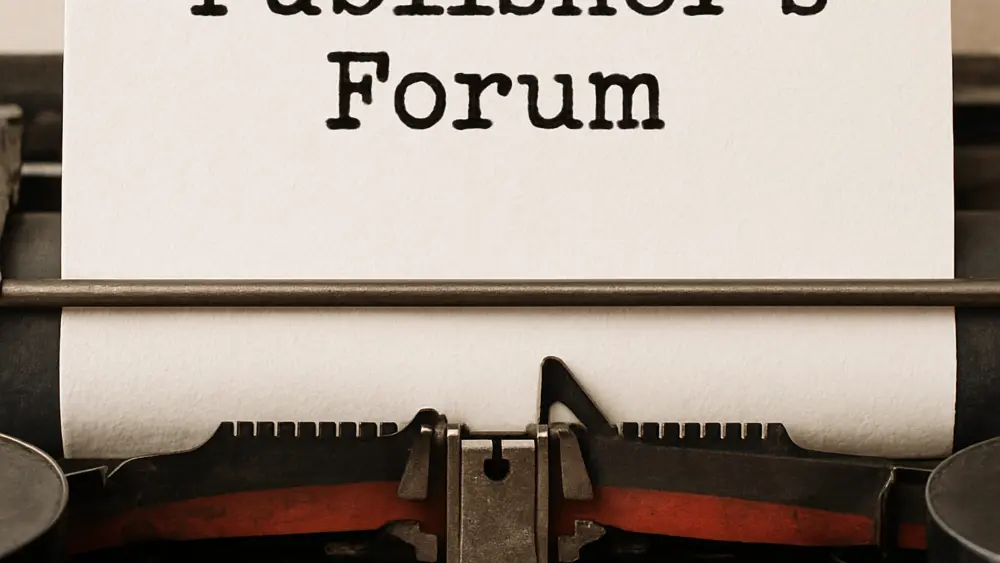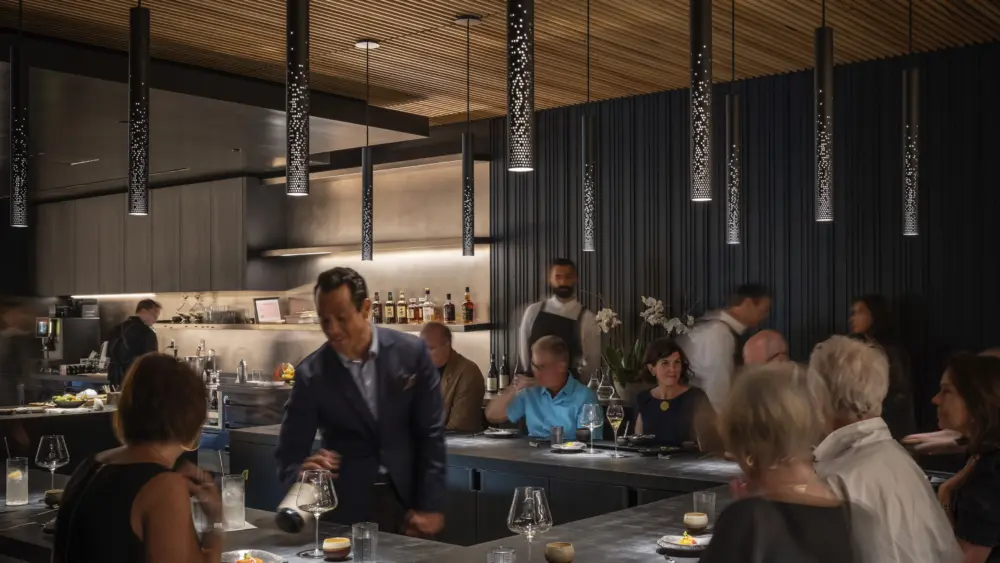Welcome to the annual Harvest Fair/Special Wine Issue of NorthBay biz magazine, which is, once again, one of the largest and most enjoyable issues we publish during the entire year. That isn’t really surprising, since it’s long been a reader and advertiser favorite too. For well over a decade, NorthBay biz has been the official print publication of the Sonoma County Harvest Fair. Inside, you’ll find the 2011 Harvest Fair schedule and guide of events to help you navigate your way around the fun. If you’ve never attended or haven’t gone in a while, make sure to attend this year. It’s a guaranteed good time.
As usual, the Special Wine Issue is filled with fun, facts, figures and fancy. Beginning with the cover story on the secrets of long-time North Bay winemakers, through Vineyard Vignettes and another installment in our “Hidden Gems” series, you’ll be informed while being entertained. Altogether, there are nine stories in this issue that explore the lighter and more serious sides of growing grapes and making world class wines in Sonoma and Napa counties. So, sit back, relax, pour yourself a glass of your favorite local wine and enjoy this special issue of NorthBay biz. Then go out and enjoy the Harvest Fair.
Once again, it’s time to lighten up—take a break from my monthly rants. Taxes, deficits, employment numbers and profligate spending will still be targets, but not until the next issue. A tour on the funny/ironic side is overdue. The following was sent to me by my long-time friend (since grammar school), Joel. Joel and his wife, Cindy, (and yes, Cindy is way too good for him) are realtors in the East Bay and perhaps that’s why this little parable’s meaning hit home with them. It’s titled: “Understanding Derivatives…A Primer!”
Helga is the proprietor of a bar in downtown Detroit. She realizes that virtually all of her customers are unemployed alcoholics and, as such, can no longer afford to patronize her bar. To solve this problem, she comes up with a new marketing plan that lets her customers drink now, but pay later. Helga keeps track of the drinks consumed on a ledger (thereby granting her customers loans). Word gets around about Helga’s “drink now, pay later” marketing strategy and, as a result, increasing numbers of customers flood into Helga’s bar. Soon, she has the largest sales volume for any bar in Detroit.
By providing her customers freedom from immediate payment demands, Helga gets no resistance when, at regular intervals, she substantially increases her prices for wine and beer, the most popularly consumed beverages. Consequently, Helga’s gross sales volume increases incrementally. A young and dynamic vice president at the local bank recognizes that these customer debts constitute valuable future assets and increases Helga’s borrowing limit and line of credit. He sees no reason for any undue concern, since he has the debts of the unemployed alcoholics as collateral. At the bank’s corporate headquarters, expert traders figure a way to make huge commissions and transform these customer loans into “DRINKBONDS.” These “securities” are then bundled and traded on the International Securities markets. Naive investors don’t really understand that the securities being sold to them as “AA Secured Bonds” really are debts of unemployed alcoholics. Nevertheless, the bond prices continuously climb and the securities soon become the hottest-selling items for some of the nation’s leading brokerage houses.
One day, even though the bond prices are still climbing, a risk-manager at the original local bank decides that the time has come to demand payment on the debts incurred by the drinkers at Helga’s bar. He so informs Helga, who suddenly demands payment from her alcoholic patrons. But being unemployed alcoholics, they cannot pay back their drinking debts. Since Helga cannot fulfill her loan obligations, she is forced into bankruptcy. The bar closes and Helga’s 11 employees lose their jobs.
Overnight, “DRINKBOND” prices drop by 98 percent. The collapsed bond asset value destroys the bank’s liquidity and prevents it from issuing new loans, thus freezing credit and economic activity in the community. The suppliers of Helga’s bar had granted her generous payment extensions and had invested their firms’ pension funds in the bond securities. They find they’re now faced with having to write off her bad debt and with losing more than 95 percent of the presumed value of the bonds. Her wine supplier also claims bankruptcy, closing the doors on a family business that had operated for three generations. Her beer supplier is taken over by a competitor, who immediately closes the local plant and lays off 150 workers.
Fortunately though, the bank, the brokerage houses and their respective executives are saved and bailed out by a multibillion-dollar, no-strings-attached cash infusion from the federal government. The funds required for this bailout are obtained by new taxes levied on employed, middle-class, nondrinkers who have never been in Helga’s bar. So, now perhaps, you begin to understand what happened when the real estate bubble burst?
That’s it for now. Enjoy this Special Wine Issue of NorthBay biz magazine.



